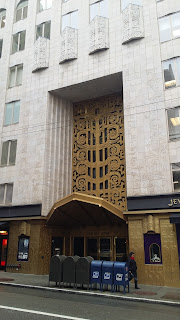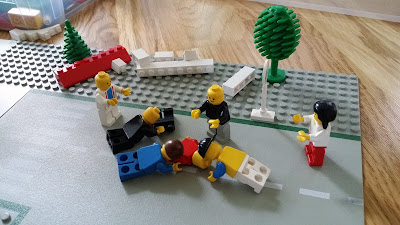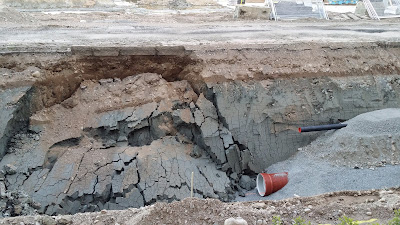(Originally posted on Google+, Apr 5 2016.) Been quite annoyed lately with the crap digital TV box we have. Or, in particular with the remote control. It was glitching a lot, only reacting to about 20% of keypresses - felt like the keys were giving up or the IR circuit was flaky. To switch channel, you had to press it repeatedly and swear a lot. Well, technically, the swearing was optional. And actually, it was my wife who was most affected by the problem, since she's the one who watches TV in this house. I was mainly being annoyed by proxy and because I'm the one who has to try to fix the problem. Today, I tried again. I checked with the camera on my phone that the IR lamp seemed to work - and I noted no glitching. It reacted immediately to all keypresses. So I cleaned the front of the TV box to make sure the receiver wasn't being blocked. Then I tried it out - and it worked surprisingly well. No problems at all in fact. It behaved just as when new (still a crap box, b




